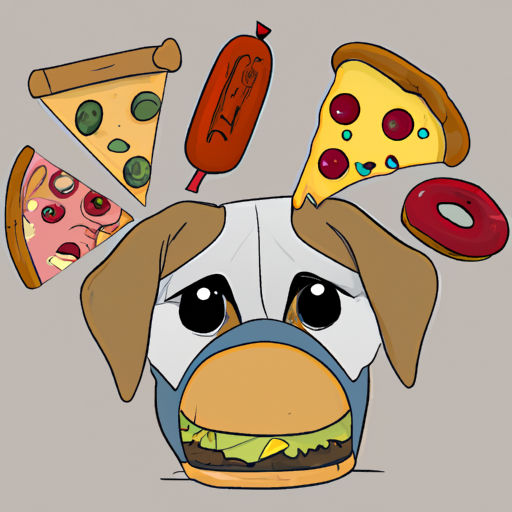Understanding Why Your Dog Eats Everything
You’ve probably heard the phrase ‘curiosity killed the cat’, but in this case, it’s your dog’s curiosity that’s causing some concern. Dogs, especially puppies, are known for their curious nature and their need to explore the world around them.
Exploration often involves their mouths, leading them to eat or chew almost everything in sight. This behavior can be because they’re teething, bored, anxious, or just plain curious. But it can also pose risks, including choking, poisoning, or gastrointestinal issues.
Why Consider a Muzzle?
If you’re reading this, you’re probably considering a muzzle for your dog. Before you feel guilty about it, remember that muzzles are not just for aggression.
- Safety: A muzzle can prevent your dog from picking up and swallowing harmful objects.
- Peace of Mind: Knowing that your dog isn’t eating everything in sight can give you peace of mind.
- Training Tool: A muzzle can be a temporary tool to use while you teach your dog what is and isn’t okay to chew on.
Remember, using a muzzle should never replace training and should always be used under the guidance of a professional.
Types of Muzzles for Your Dog
Finding the right muzzle for your dog is crucial. Here are some common types:
- Basket Muzzle: These are the most comfortable and allow your dog to pant and drink water. They prevent biting and eating unwanted items.
- Soft Muzzle: These restrict your dog’s ability to open its mouth, making it impossible to eat. However, they should only be used for short periods as they prevent panting and drinking.
- Short Snout Muzzle: These are designed for breeds with short noses, like Bulldogs and Pugs.
| Type | Pros | Cons |
|---|---|---|
| Basket Muzzle | Comfortable, allows panting and drinking | Can be bulky |
| Soft Muzzle | Lightweight, easy to carry | Prevents panting and drinking |
| Short Snout Muzzle | Designed for short-nosed breeds | Not suitable for long-nosed breeds |
How to Properly Introduce a Muzzle
Introducing a muzzle to your dog should be a gradual process to ensure they are comfortable and not scared by it.
- Familiarization: Show your dog the muzzle, let them sniff it, and reward them with treats for showing interest.
- Touch: Encourage your dog to touch the muzzle with their nose, then reward them.
- Wearing: Put the muzzle on your dog for a short time, rewarding them afterward. Gradually increase the time they wear it.
Frequently Asked Questions (FAQs)
Q: Is it cruel to muzzle my dog?
A: No, it’s not cruel if done correctly and for the right reasons, such as preventing them from eating harmful objects.
Q: Can my dog still drink and pant with a muzzle on?
A: Yes, if you’re using a basket muzzle, your dog can still drink and pant.
Q: How long can I keep a muzzle on my dog?
A: It varies, but generally, a dog shouldn’t wear a muzzle for more than one hour at a time.
By understanding why your dog exhibits certain behaviors and responding appropriately, you’re taking steps toward a safer environment for your furry friend.



